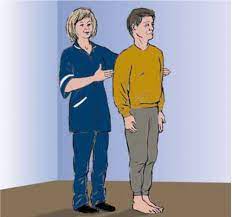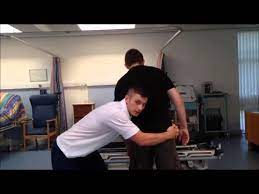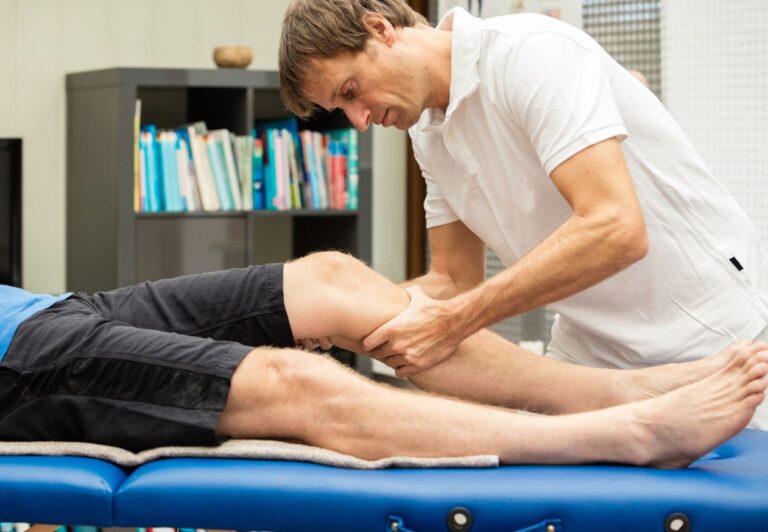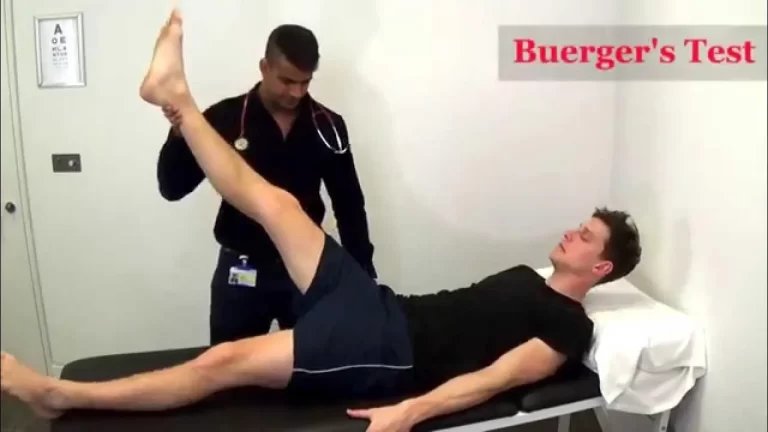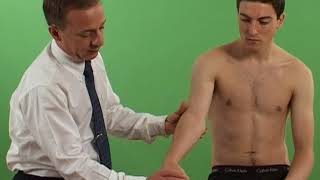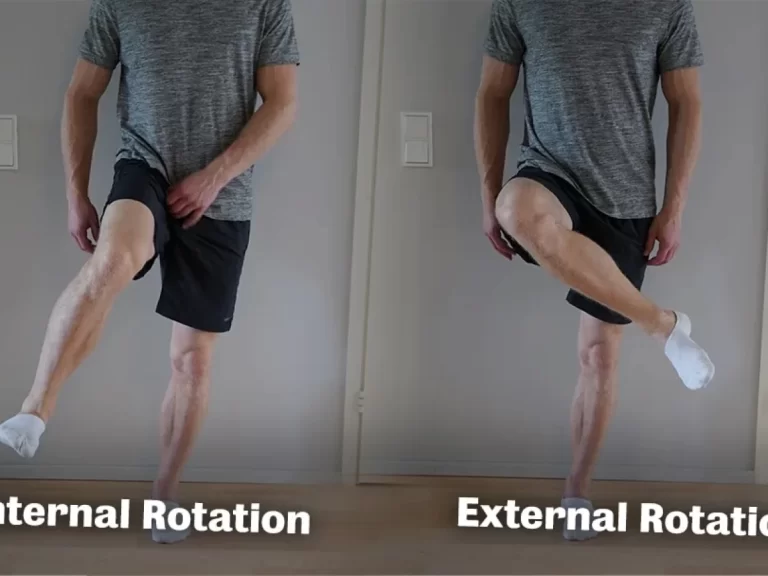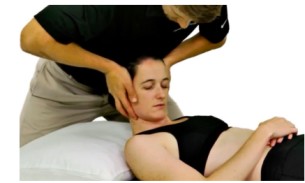Special tests for upper neuron lesions:
- In addition to the tests below, positive pathological reflexes [ Babonski, Hoffman ], hyperreflexia of the deep tendon reflexes & clonus may indicate cervical myelopathy.
- This test is applied to the clinic to check the upper motor neuron lesions.
- This neurological & clinical test is applied by to neuro doctor or therapist when the patient is complain about the neurological symptoms of the hand.
- This test is applied to examine part of the assessment of the cervical spine.
Name of the Special tests for upper neuron lesions:
Lhermitte sign
Romberg test
Ten-second step test
Lhermitte sign:-
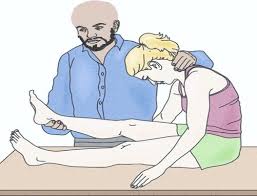
- This is a test for the spinal cord itself & possible upper motor neuron lesions.
- Purpose = This Lhermitte sign is used to check the dural/meningeal irritation in the spine & cervical myelopathy.
- Technique = The patient is in the long leg sitting position on the examining table.
- The examiner [ therapist ] passively flexes the patient’s head & one hip joint simultaneously with the leg kept straight.
- Result = A positive test occurs if there is a sharp, electric shock-like pain down the spine & into the upper/lower limbs.
- It is indicated dural or meningeal irritation in the spine or possible cervical myelopathy.
- Coughing or sneezing may produce similar results.
- The test is similar to a combination of the Brudzinski test & the SLR test.
- If the patient actively flexes the head to the chest while in the supine lying position, the test is called the Soto – Hall test.
- If the hip joint is flexed to 135′, greater traction is placed on the spinal cord.
Romberg test:-
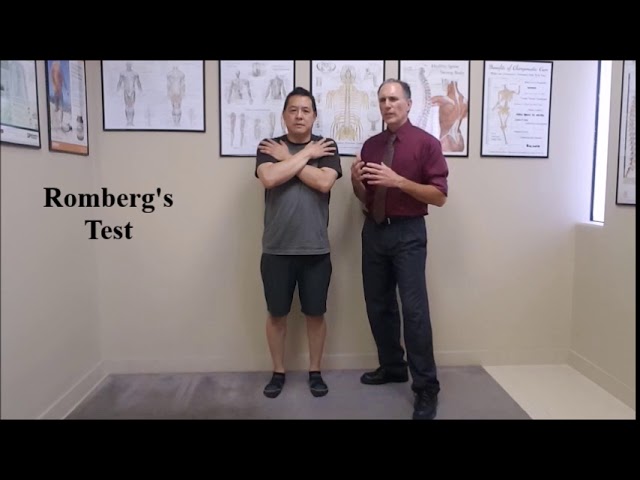
- Purpose = This Romberg test is used to check the upper motor neuron lesion.
- Technique = For Romberg test,the patient is standing .
- Then the examiner instructs the patient to close the eyes.
- The position is held for 20 to 30 seconds.
- Result = If the body begins to sway excessively or the patient loses balance, the test is considered positive for upper motor lesions.
Ten-second step test:-
- The patient, while standing, is asked to step, in place by lifting the thigh of one leg parallel to the floor & then similarly lifting the other leg as through patient is walking at the maximum speed while not holding on to any object.
- The patient is do the number of steps in 10 seconds is counted.

